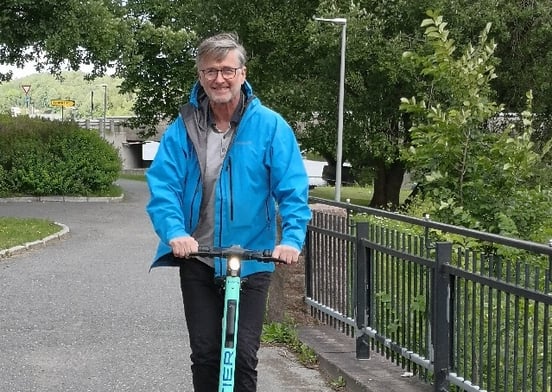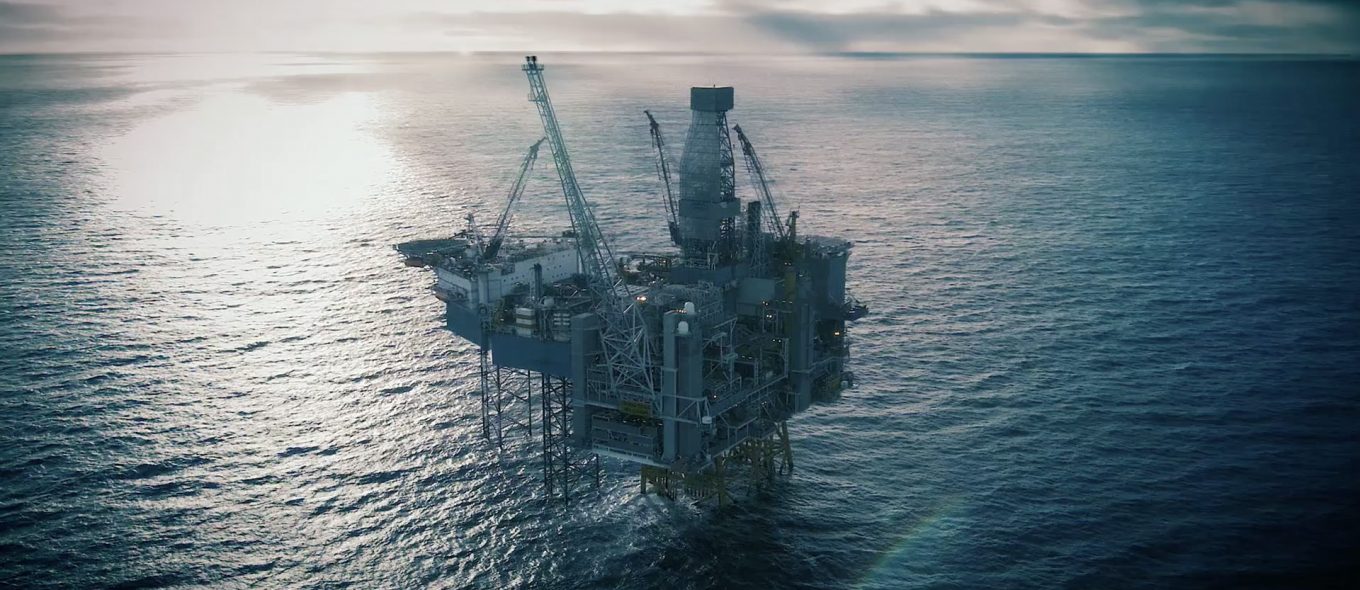
Lundin Energy is a broad-minded company, according to their principal engineer, Stig Pettersen. Originally a mining and petroleum operator, Lundin is now expanding into wind and hydropower, and leading the pack when it comes to digitalizing their offshore operations. We sat down with Stig earlier this summer to talk all things digital and offshore. Listen to the full episode below or read on for the highlights.
Stig Pettersen describes his role at Lundin Energy as follows: “I’m the guy who tries to get as high-quality data from the assets as possible.” And when your asset is the Edvard Grieg platform out in the North Sea, data has the potential to make a big difference when it comes to safety, efficiency and even sustainability of this oil rig’s operations.
Designed with data in mind
“From a technical point of view, Edvard Grieg is pretty good. The plan from the beginning was to set up the infrastructure to get all the data from the platform. We have all the data from Edvard Grieg onshore…I am sitting at home now, and I can see the same thing here that I can see on the platform. A good starting point,” explains Stig.
While COVID-19 has amplified the need to be able to monitor oil platforms such as Edvard Grieg remotely, this is something that Lundin has believed must happen all along.
“It is safer to do some things onshore. We don’t need to have so many people offshore. Then the offshore people can concentrate on doing their job in a safe way.”
Safety and remotely, far away from their North Sea infrastructure, Stig and his colleagues can run the analysis, handle the data, and do the conditioning monitoring. The company recognizes that from a cost and safety perspective, this way of work simply makes sense.

The Edvard Grieg platform in the North Sea. Image courtesy of Lundin.
Data can help save time and money
The Edvard Grieg platform alone has 40,000 parameters that Stig and the Lundin need to follow-up. And he believes that they are still doing things too manually, which is where they need Cognite’s help.
One example that Stig shares in the Podcast is of Lundin’s critical safety equipment on the platform, which needs to be tested once a year. However, if a value is registered as closed and needs to be tested sooner, this will go into the system and be registered, so the valve isn’t tested again in the routine process. “This can save lots of testing hours, save cost and increase security,” he asserts.
Safety isn’t the only thing that can be improved. Stig is a strong believer in the power of data to improve the way maintenance is done.
“If we have predictions…that tell us that this equipment will fail within half-a-year, one year, two years, then we can do the planned maintenance in a much better and cheaper way, and avoid shutdowns on the plant.” Stig adds that from a technical perspective, this shift in how maintenance is conducted is one of the biggest advantages of digital systems in the future.
Lundin Energy cut its average CO2 release by 5 percent last year through smart use of data
Lundin Energy is also employing the use of data to support their business from a sustainability perspective. Across the company, employees are motivated to reduce their CO2 footprint.
“Trouble in the gas chain means you may have to burn the gas, which is not good for the environment. But we are looking into the data, using the dashboard for energy losses and CO2 releases. Then we can follow-up, using KPIs. Now there’s even competition between the different shifts to release as little CO2 as possible!”
According to Stig, their CO2 reduction last year translates to about 10 million NOK saved and the carbon equivalent of a couple thousand cars off the road, which he says is “very motivating for us.”
But for all of this to happen, to create these efficiencies, act on safety measures and increase sustainability, you need the right sensors installed. Without those, it’s difficult to digitalize anything. The Edvard Grieg platform is the exception, as they built it with digitalization in mind. But Stig urges Cognite to get more involved in helping other companies and operations to determine the types of signals needed from a piece of equipment to result in a good digital model.
“It should be emphasized. You need the infrastructure and the correct signals at the bottom to…be flexible…to make good digital solutions.”
Listen to Cognite Convos on Spotify or Apple Podcast.